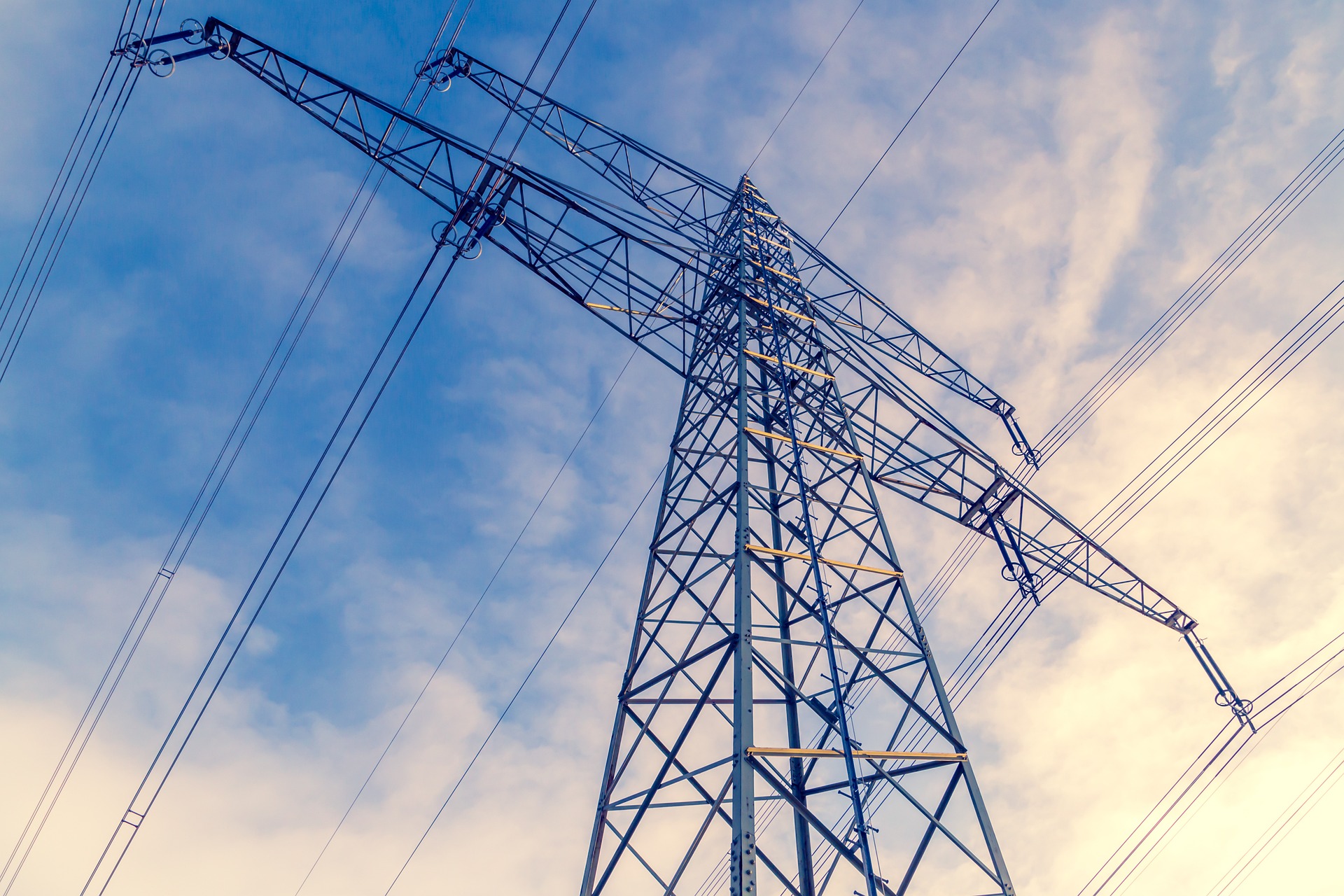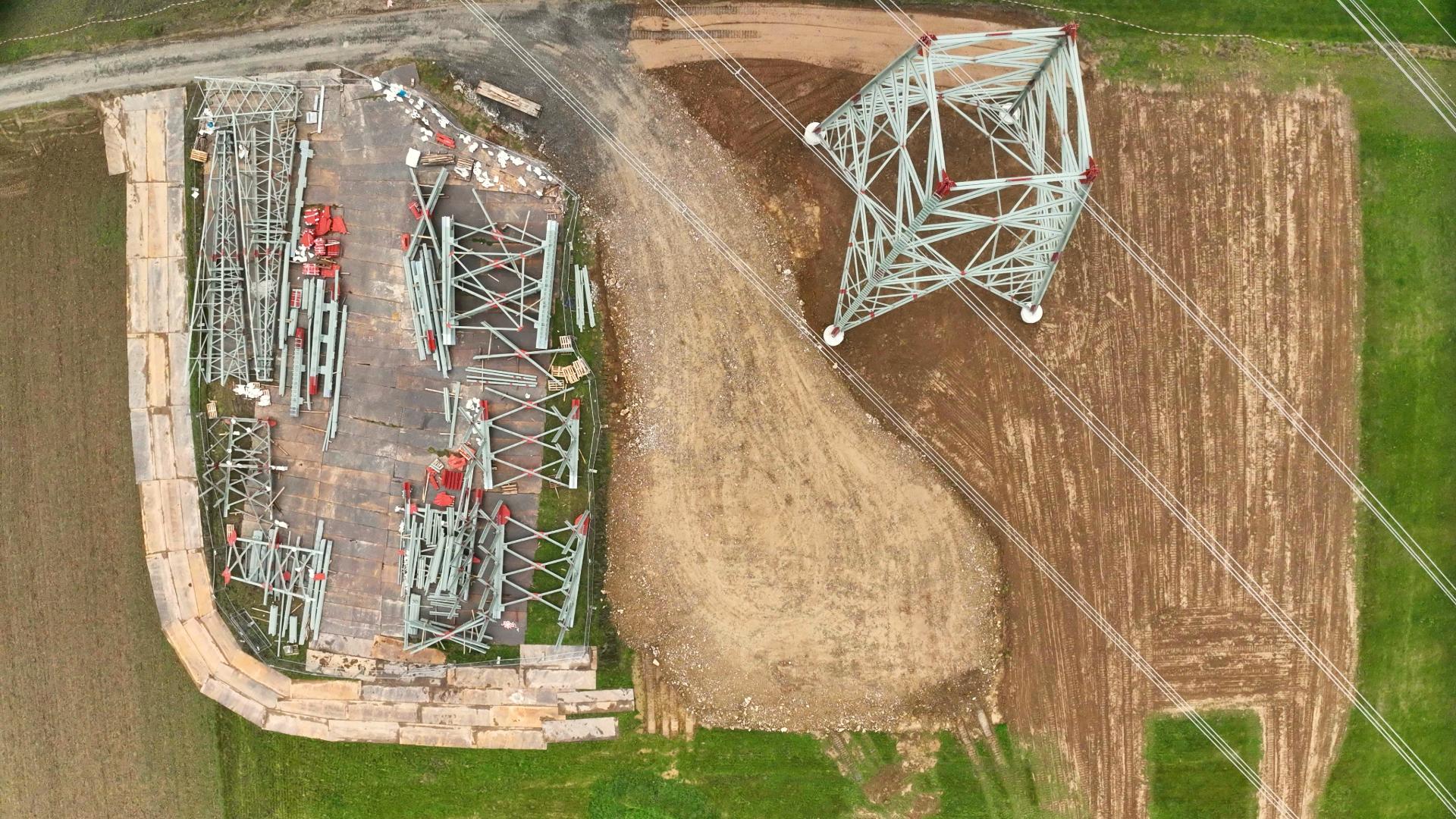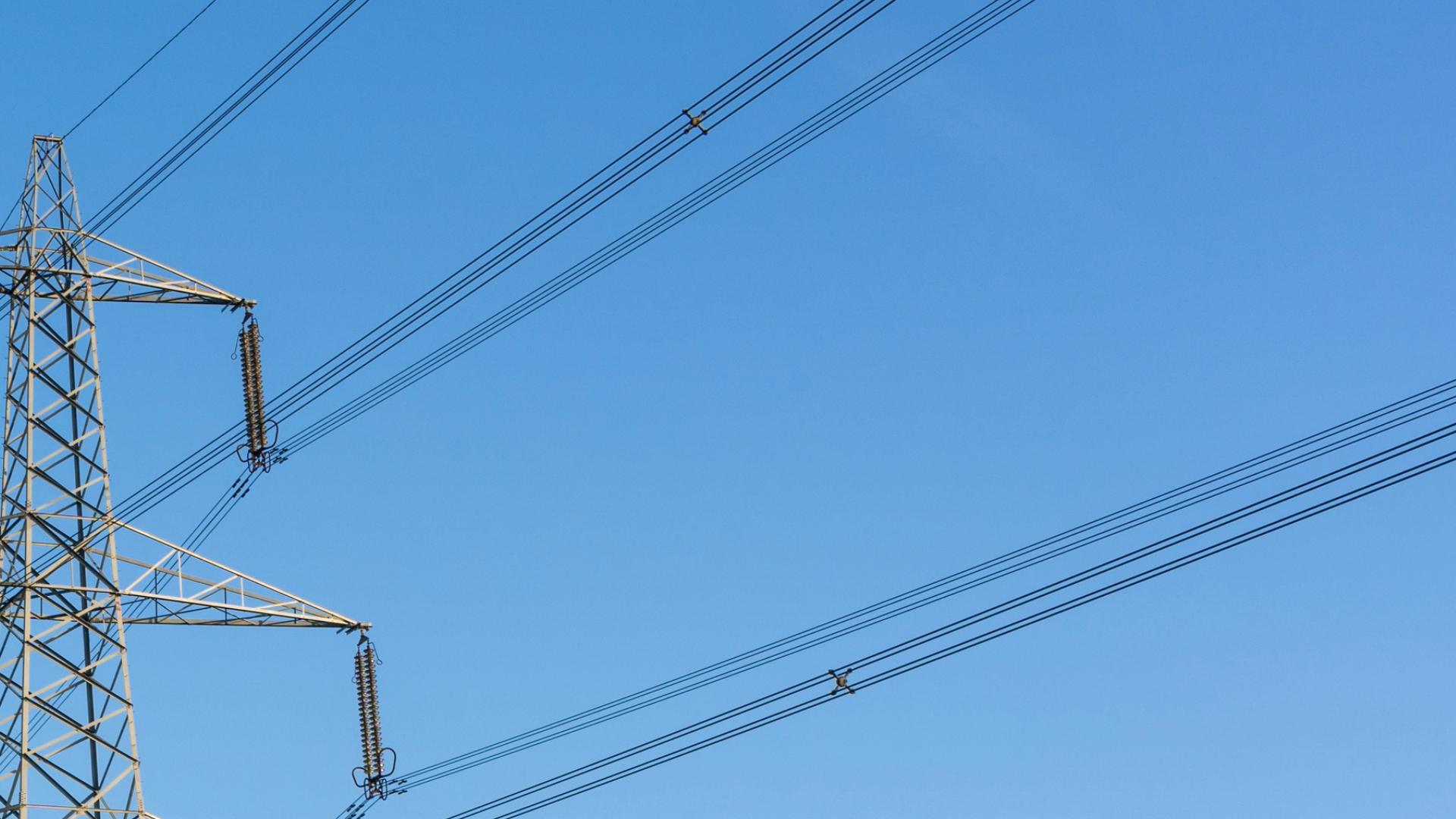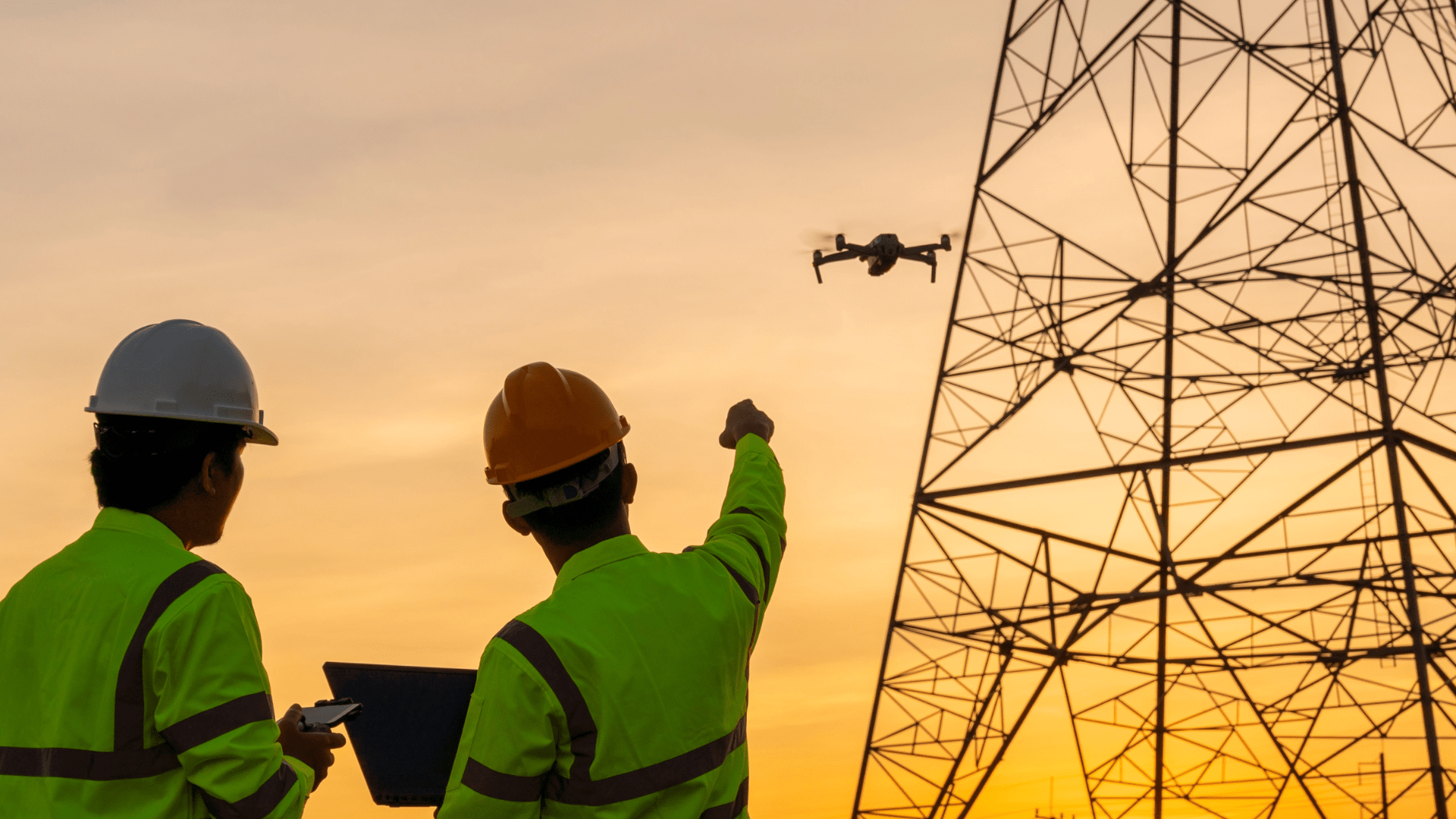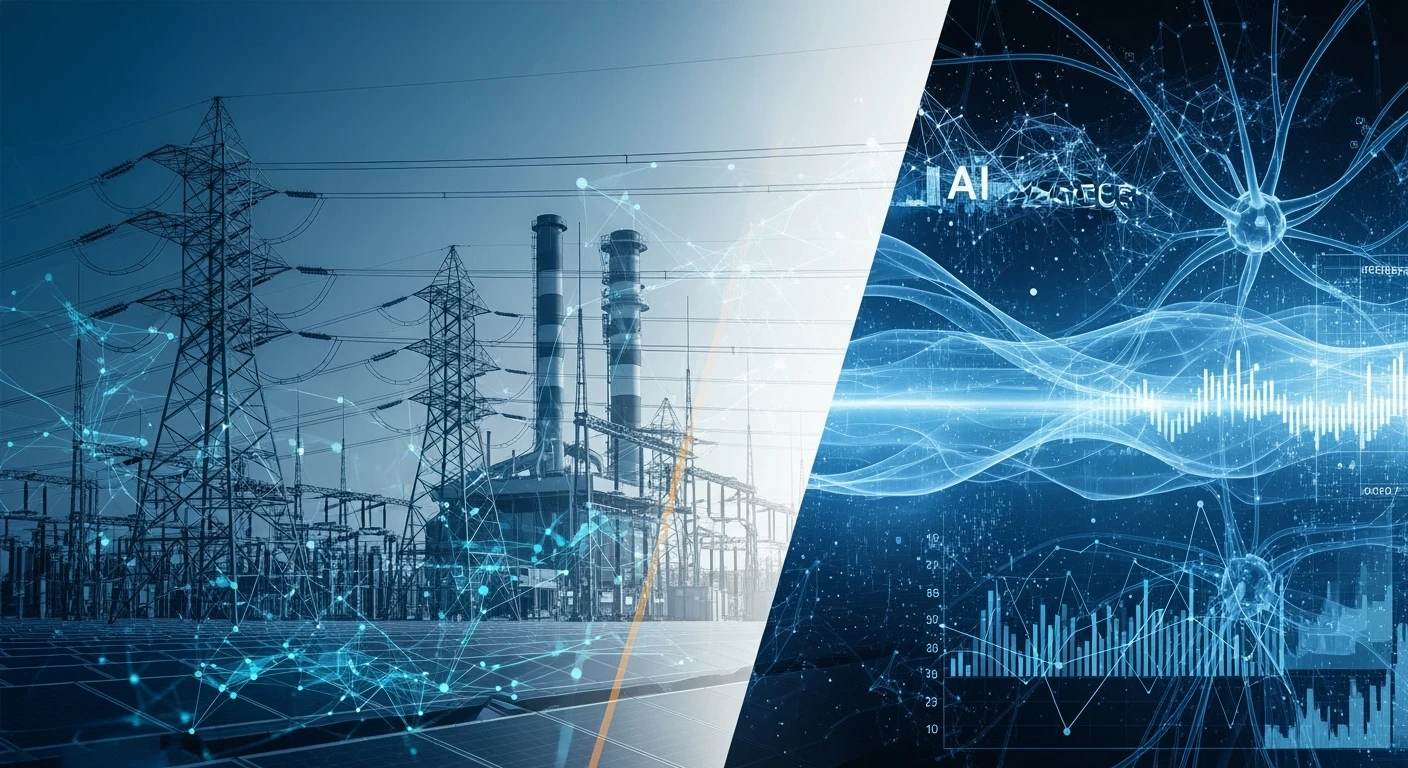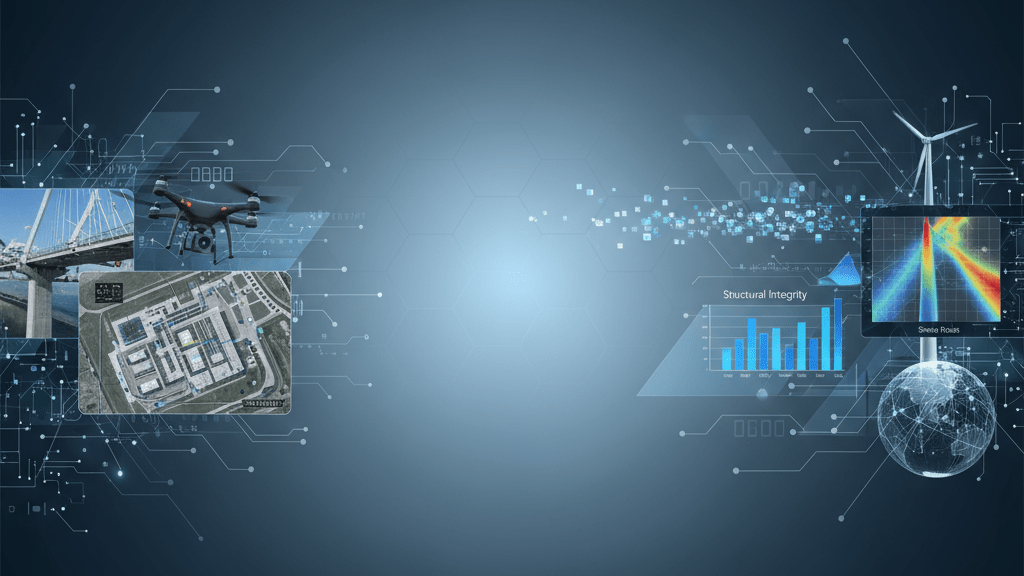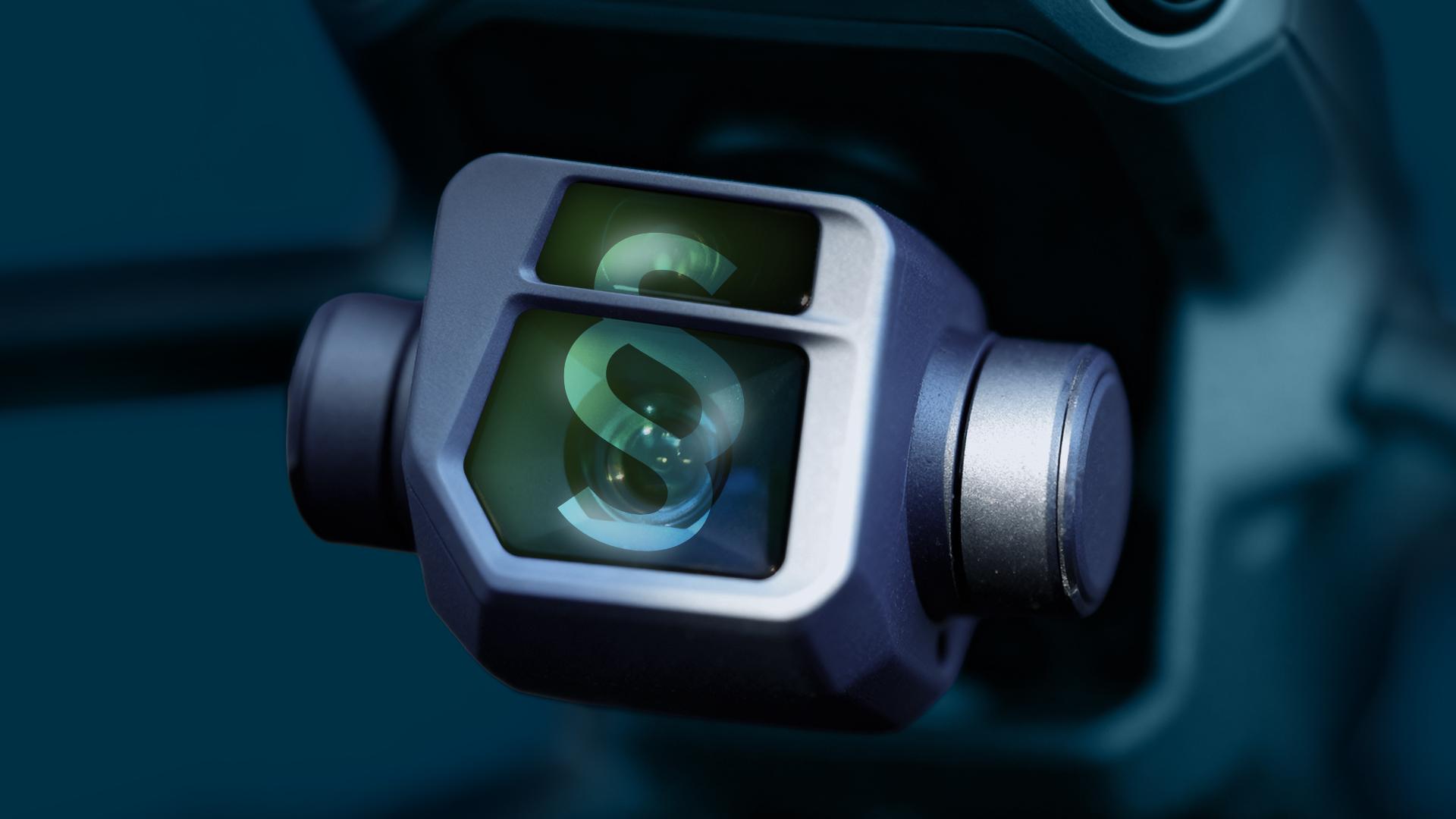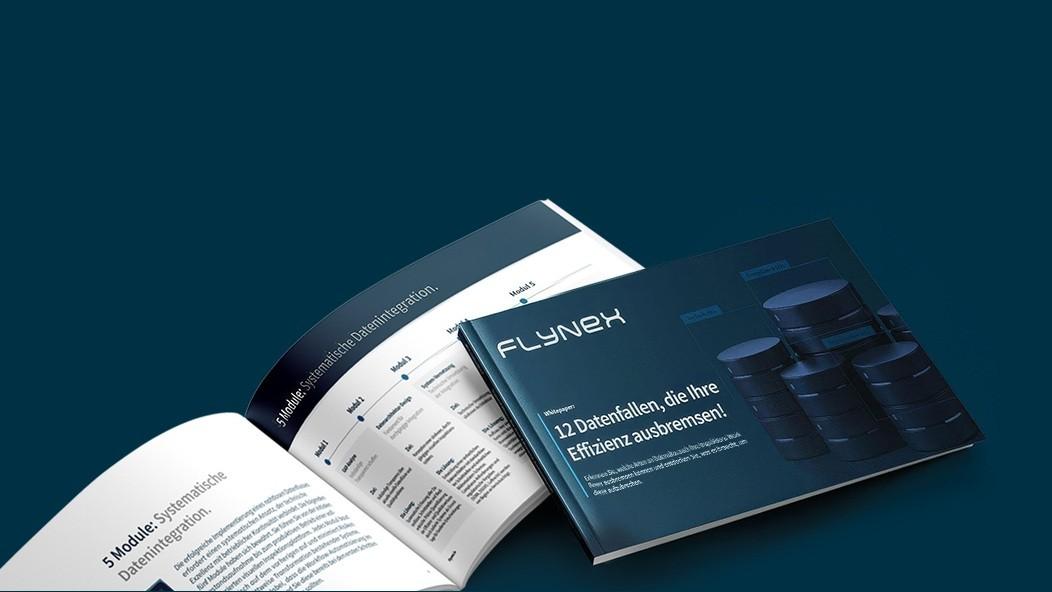In Deutschland haben Logistikunternehmen wie Hermes und DPD bereits umgesetzt, dass die Paketzustellung an der eigenen Haustür aufpreispflichtig ist. Zwar beteuert das größte Logistikdienstleistungsunternehmen DHL, dass es diesen Schritt nicht plant, aber bei den jährlich zunehmenden Bestellungen im Internet und dem stetigen Anstieg des Verkehrsaufkommens im urbanen Umfeld muss langfristig ein neuer Weg gefunden werden, um Lieferungen zustellen zu können. Logistikunternehmen plädieren momentan noch auf die Paketlieferung an Paketstationen. Ein Lösungsansatz ist beispielsweise eine Station, die von mehreren Logistikunternehmen beliefert werden kann. Dies entlastet die Paketzusteller und die Logistikunternehmen sparen mit Sicherheit Kosten. Nicht zuletzt könnte es auch die Umwelt schonen, da die Lieferfahrzeuge nicht kreuz und quer durch die Stadt fahren und dabei Straßen und Gehwege blockieren. Es kann aber auch dazu führen, dass der Endkunde so in Zukunft womöglich nicht nur im Feierabend-, sondern im Anschluss noch im Paketstationsstau landet. Das kann langfristig nicht die Lösung sein.
Wie kann die Paketzustellung modernisiert werden?
Am 1. April 2019 zeigte Amazon eine revolutionierende Lösung für die Paketzustellung. Das Unternehmen veröffentlichte ein Video, in dem ein Zeppelin über eine Stadt fliegt. Aus diesem Zeppelin schwärmen nach wenigen Sekunden unzählige Lieferdrohnen aus, die Pakete an Haushalte liefern sollen. Hierbei handelte es sich, wie das Datum der Veröffentlichung schon suggeriert, um einen, sehr gut gemachten, Aprilscherz.
Der Internethändler meint es aber durchaus ernst mit dem Thema Drohnenlieferung, wie deren Programm Prime Air zeigt, welches schon seit 2015 entwickelt wird. Wirtschaftlich gesehen mag das Unternehmen eher daran interessiert sein, nicht auf externe Logistikunternehmen setzen zu müssen . Fakt ist aber, dass Lieferungen durch Drohnen die Art und Weise, wie verschiedenste Güter zu uns gelangen können, ohne dabei von Straßen und Verkehr abhängig zu sein, revolutionieren könnten.
Ein anderer Global Player, nämlich Google, ist in Australien schon einen Schritt weiter in Richtung Realität: Zwischen der Hauptstadt Canberra und der Kleinstadt Queanbeyan hat der größte Suchmaschinenanbieter der Welt seit dem 09. April 2019 von der australischen Luftfahrtbehörde CASA (Civil Aviation Safety Authority) die erste Lizenz der Welt erhalten, um Güter per Drohne ausliefern zu dürfen.
Der Fakt, dass nicht nur zahlreiche Start-ups, sondern auch große Unternehmen wie Amazon und Google an (autonomen) Drohnenlieferungen arbeiten, zeigt, wie wichtig das Thema Drohne in der Wirtschaft ist. Gerade die Anwendungszwecke Logistik und Mobilität im städtischen Raum (Urban Air Mobility) sind derzeit im Fokus der medialen Darstellung. Nicht zuletzt, weil diese für die Masse der Bevölkerung die greifbarsten Anwendungsfälle für Drohnen darstellen.
Vom Hobbyspielzeug zum wirtschaftlichen Werkzeug
Im gesellschaftlichen Konsens mögen Drohnen derzeit eher im Freizeitsektor angesiedelt sein. I m Hintergrund arbeiten jedoch zahlreiche Unternehmen bereits daran, dieses Werkzeug sinnvoll in ihren Betrieb zu integrieren. Drohnen bieten nämlich neben dem Freizeitspaß für den Hobbypiloten zahlreiche wirtschaftliche Vorteile für Unternehmen. Der Drohneneinsatz kann Arbeitsprozesse beschleunigen, Fachpersonal einsparen, Gefahren für Menschen minimieren und Kosten senken.
Paketlieferungen, aber auch Lufttaxis sind Vorzeigeprojekte, die neben ihrem wirtschaftlichen Nutzen vor allem eine gesellschaftliche Akzeptanz für Drohneneinsätze erhöhen können. Diese Akzeptanz ist neben der gesetzlichen Regelung von Flügen maßgeblich notwendig, damit der Einsatz von Drohnen alltägliche Realität werden kann.
Herausforderungen für Drohneneinsätze im Alltag
- Im urbanen Raum hat neben dem Datenschutz natürlich die Sicherheit bei Drohneneinsätzen höchste Priorität. Niemand möchte, dass eine Drohne samt Ladung unkontrolliert abstürzt und dabei auch noch Menschenleben in Gefahr bringt. Die Drohne muss zuverlässig ihre Transportaufgabe erledigen, ohne dabei den Verkehr am Boden und in der Luft einzuschränken oder gar zu gefährden.
- Die Zuverlässigkeit muss dabei so weit gehen, dass auch gewährleistet wird, dass ein ungewollter Fremdeingriff in die Steuerung nicht möglich ist.
- Mit der steigenden Anzahl von Drohneneinsätzen muss auch der Flugverkehr der Drohnen innerhalb eines UTM (Unmanned Aircraft System Traffic Management) kontrolliert und geregelt werden.
- Für eine Drohnenlieferung muss eine Infrastruktur geschaffen werden, da Drohnen einen Landeplatz benötigen. Vorstellbar sind feste, überall in der Stadt verteilte Landeplätze, denn nicht jedes Hausdach ist für die Bewohner zugänglich oder geeignet, um als Drohnenlandeplatz zu dienen. Fest definierte Landeplätze müssen jedem Empfänger zugänglich gemacht werden, aber gleichzeitig sicher gegenüber Missbrauch sein.
Automatisierung und Planung von Flügen
Für autonome Flüge bedarf es einer Vielzahl von Sensoren und Systemen, um die erwähnten Herausforderungen meistern zu können. Neben einem schnellen, sicheren Funkstandard (5G-Netz ) ist die Etablierung einer Luftraumkontrolle im Bereich unter 100 m für Drohneneinsätze unabdingbar. Die Flüge müssen in Echtzeit darstellbar sein, um mögliche Kollisionen mit anderen Luftfahrzeugen verhindern zu können und ggf. Notlandungen einleiten zu können.
Weiterhin müssen die Routen dieser Flüge so geplant werden, dass Regeln und Gesetze eingehalten werden. Der Prozess der Routenplanung ist jedoch sehr aufwendig und kostet sehr viel Zeit, wenn er für jeden einzelnen Flug manuell erstellt werden muss.
Wir bei FlyNex glauben daran, dass es in naher Zukunft möglich sein wird, auch im urbanen Umfeld regelmäßige Drohnenflüge durchzuführen und bieten mit unserer Softwarelösung HORIZON Unternehmen die Möglichkeit ihre Flüge zu planen. Diese Flüge können in Projekten gespeichert und immer wieder aufgerufen und verändert werden. Unser Kartenmaterial entsteht aus über 165 validen, offiziellen Quellen. Mit Hilfe unserer Software kann ein Flugplan inklusive aller auf der Route anfallenden Regeln und Gesetze in kürzester Zeit erstellt werden. Im Anschluss kann dieser Flugplan dem Gesetzgeber für eine Fluggenehmigung zur Verfügung gestellt werden.
Ausblick
HORIZON ist unsere Projektmanagement-Lösung, um Flüge, Flotten und Projekte zu erstellen und mit anderen zu teilen. Die darin enthaltenen Geodaten sind auch in unserer Lösung GEOSPHERE bereitgestellt. Diese ist API-fähig und kann daher in ein zukünftiges UTM integriert werden.
Wir sind überzeugt davon, dass die Vision von (Liefer-)Drohnen und Lufttaxis in dicht besiedelten urbanen Räumen erst dann umgesetzt werden kann, wenn ein funktionierendes UTM verfügbar ist. In weniger dicht besiedelten Gebieten, wie in dem eingangs genannten , australischen Fall, aber auch an mehreren Orten in Afrika, werden Drohnen bereits heute erfolgreich zum Transport genutzt. Der dicht besiedelte Luftraum in einer Großstadt liefert jedoch eine ganz andere Herausforderung an Flugplanung und Risikoabschätzung.
Wir können mit Stolz sagen, dass wir für den Einsatz im urbanen deutschen Luftraum bereits heute die benötigten Geodaten in unseren Lösungen anbieten können.
Wir sind gespannt zu sehen, wie auf der ganzen Welt am Thema Drohne geforscht und entwickelt wird und sind besonders erfreut über die erste Zulassung eines regelmäßigen Drohnenverkehrs in Australien. Gerne möchten wir diese Entwicklung auch in naher Zukunft in Deutschland sehen und arbeiten daher fleißig an unserer Software, damit diese bei diesem großen Unterfangen einen Teil dazu beitragen kann.
Wir freuen uns daher schon auf die erste Bestellung, die von einer Drohne bei uns ausgeliefert wird.
Ihr FlyNex Team
